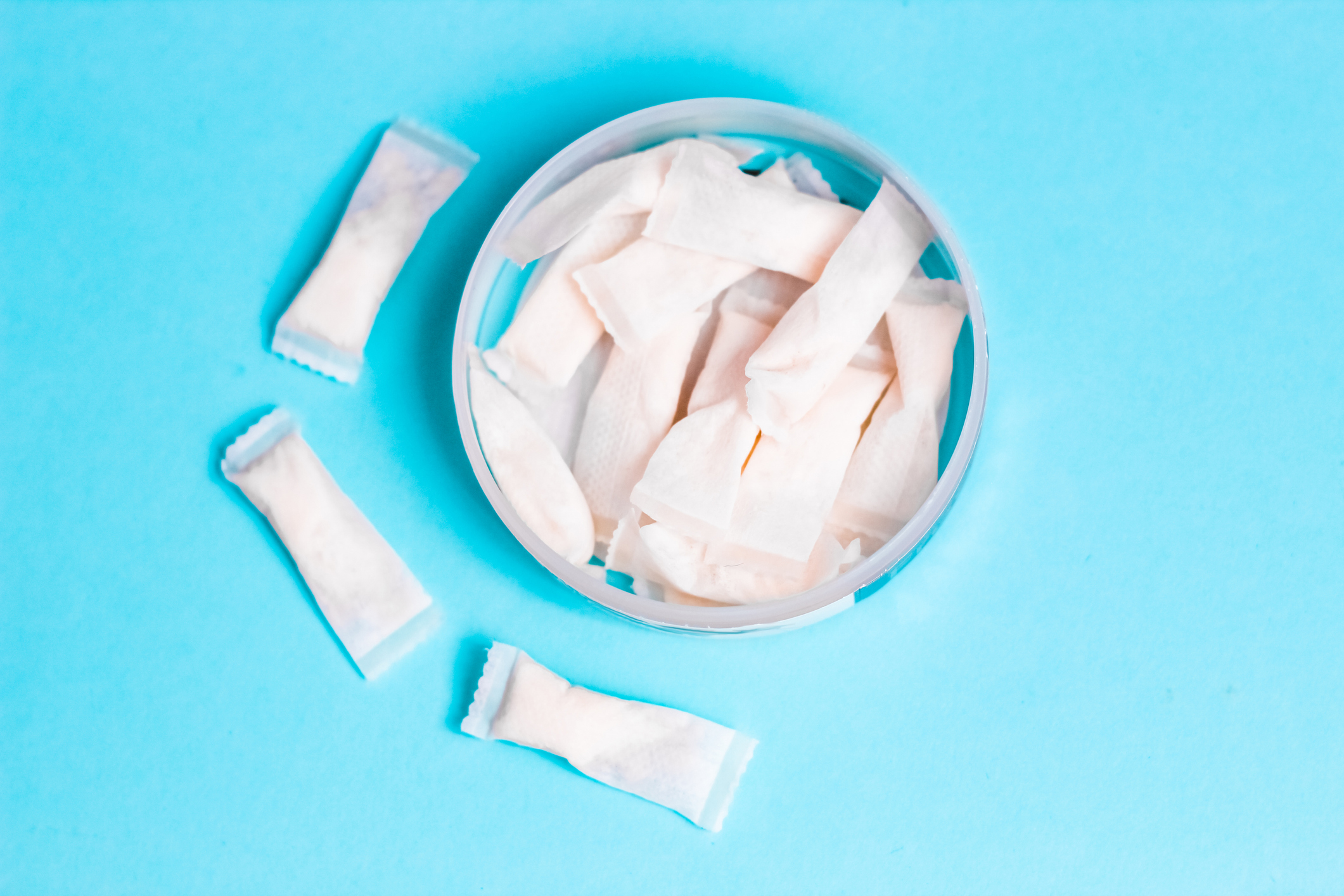Quitting vaping is a new and emerging process. Discuss quitting vaping with a health care provider or pharmacist, who may be able to provide additional advice, support, and resources (for example, nicotine replacement therapy medication).
i-quit-for-me-guide-youth.pdf
- Decide why you want to quit and write it down or put it in your phone.
- Pick a day to stop vaping. Put it on the calendar and tell supportive friends and family that you’re quitting on that day.
- Get rid of all vaping supplies.
- Download tools (such as apps and texting programs) to your phone that can help with cravings and give encouragement while you try to stop vaping.
- Understand withdrawal and be prepared for the signs of withdrawal.
- Avoid places and people that trigger the urge to vape.
The QUASH App and the My Change Plan App can help with quitting vaping.
QUASH App: Home
QUASH is available for young adults who are thinking about quitting vaping. The app can assist with feeling better about health, saving money and take back control over health. Visit QUASH to make a quit plan that’s right for you. QUASH can help you quit smoking or vaping.
My Change Plan App: Visit My Change Plan or download the free App for more tips on planning your quit attempt.







